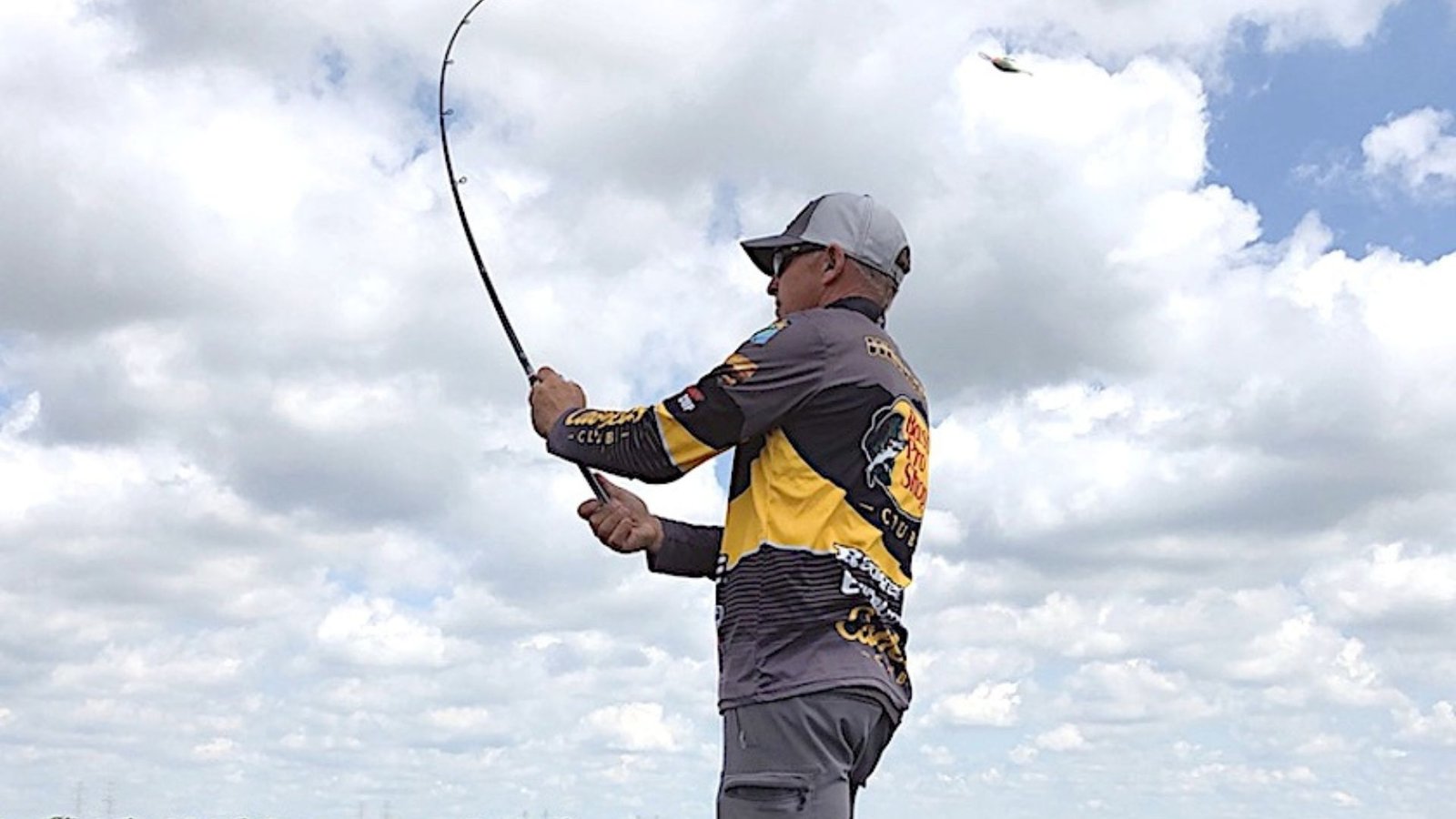Mastering the art of casting is essential in salmon fly fishing. It not only allows you to cover more water effectively but also ensures that your presentation is accurate and enticing to salmon. Whether you’re targeting salmon in rivers, streams, or lakes, refining your casting technique can significantly enhance your chances of success.

How to Cast a Salmon Fly for Maximum Distance and Accuracy
1. Choose the Right Equipment
Before you start casting, ensure you have the right equipment for the job. Use a salmon fly rod that matches the weight of your fly line and the conditions you’ll be fishing in. Typically, heavier rods (8-10 weight) are used for salmon fishing due to the size of the flies and the need to handle larger fish. Pair your rod with a quality fly reel that balances well and has a smooth drag system.
2. Master the Basic Casting Techniques
a. Overhead Cast: This is the most common casting technique used in salmon fly fishing. Start with your rod tip low and accelerate smoothly as you bring the rod tip back and then forward. Stop abruptly when the rod reaches the 1 o’clock position to allow the line to shoot forward.
b. Roll Cast: Useful in tight quarters or when you need to cast with minimal backcasting space. Sweep the rod tip in a semicircle in the direction you want to cast, then flick it forward to deliver the fly.
c. Double Haul: This advanced technique adds extra power and distance to your cast. It involves using both hands to pull and release the fly line in sync with the rod movement. Practice timing your hauls to maximize line speed and distance.
3. Focus on Technique Over Strength
Efficient casting relies more on technique than brute strength. Focus on timing, acceleration, and rod tip control to generate line speed and distance. Smooth, controlled movements with the rod and line will result in better casts than simply muscling the line.
4. Practice Casting Drills
Regular practice is essential to improving your casting distance and accuracy. Set up targets at different distances and practice casting to them. Work on your timing, release, and follow-through to develop consistency in your casts. Repeat casting drills with different flies and in various conditions to adapt to different fishing scenarios.
5. Adjust for Wind and Current
Learn to cast effectively in windy conditions by adjusting your casting angle and power. Casting into the wind requires a more compact and efficient stroke, while casting with the wind may allow for a longer backcast and follow-through. Similarly, in currents, adjust your casting angle to compensate for drift and aim slightly upstream to allow the fly to drift naturally towards the fish.
6. Use the Right Fly Line
Choose a fly line that matches your casting style and fishing environment. Weight-forward floating lines are versatile and suitable for most salmon fly fishing situations. Consider sinking lines or sink-tip lines for deeper water or faster currents where a deeper presentation is needed.
7. Focus on Accuracy
While distance is important, accuracy is crucial in presenting the fly to salmon effectively. Aim for precise casts near cover, structure, or where salmon are likely to hold. Practice casting to specific targets and visual markers to hone your accuracy skills.
Conclusion: Mastering Your Salmon Fly Casting Technique
Improving your salmon fly casting technique takes practice, patience, and a solid understanding of the fundamentals. By choosing the right equipment, mastering basic and advanced casting techniques, and practicing regularly, you can cast for maximum distance and accuracy in various fishing conditions. Continuously refine your skills, adapt to different environments, and enjoy the rewarding experience of connecting with salmon through effective fly casting.




